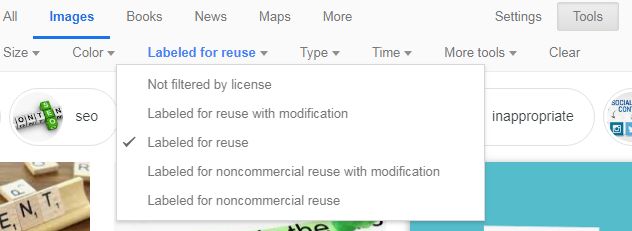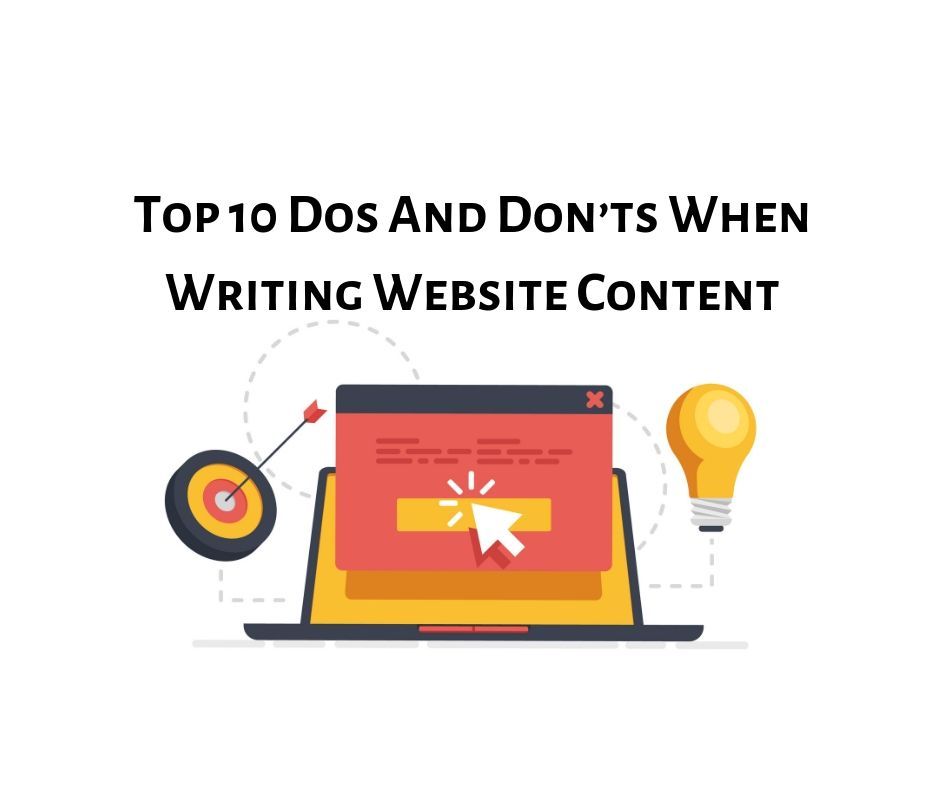These 10 dos and don’ts comprise my best practices for writing website content. They will help you write good website content and earn customer trust.
Imagine visiting a beautiful website that looks modern and is accurate to the brand. You’re impressed at this point and willing to give the company’s products a chance.
Now imagine reading the website content. It is full of spelling and grammar mistakes, has outdated information, and has a poor writing style.
That would immediately affect how you look at the company. That’s why website content is just as, if not more important as the website design.
Contents
Top 10 Dos & Don’ts When Writing Website Content
These 10 dos and don’ts comprise my best practices for writing website content. They will help you write good website content and earn customer trust.
1. Do Use Your Own Voice
The last thing you want is for your text to sound dry and boring. It is easy to include all the information a customer might need, but it’s difficult to add your own spin on it.
Think about what kind of impression you want to have on your target audience carefully. Is your brand youthful and fresh? Or is it stylish and sophisticated?
Inject as much as your personality into your content as possible. That will help make your website feel both unique and authentic.
2. Don’t Use Images Without Permission
Using images without permission can land you in legal trouble. It is tempting to just pick appealing images off of Google without checking usage rights.
Many content creators do this unknowingly and that can cause problems. Using these images can also harm your company’s reputation.

The best option is to use your own photos and graphics. If that sounds too expensive, search for royalty-free images. They are free for everyone to use without fear of legal problems.
3. Do Use Numbers and Bullets in the Content
Content creators choose every word and sentence carefully to have the best impression on the audience. Unfortunately, most audience members don’t deep read, they skim the content
That’s by it is important to use numbers, bullets, facts, graphics, and pictures in your content. These additions will draw and focus the target audience’s attention.
Such well-formatted content is easier to skim, which makes it appealing to modern online readers. Most people will click away from articles they can’t read quickly.
4. Don’t Use Long Sentences or Complicated Words
As mentioned in the previous point, people won’t read difficult website content. It is important to keep content short and sweet.
Avoid technical language, long sentences, and complex words. You don’t want your audiences to reach for the dictionary while reading your website content.
There are tools available online to check your content’s readability. That can help you create content that doesn’t sound too difficult to read.
5. Do Set a Goal for Every Page
When you know the destination, it is easier to plan the journey. Set a goal for every page before creating content.
Do you want 5 subscriptions from every page? Do you want 500 readers? Setting goals can help your content have structure and meaning.
Experienced content creators use SMART goal setting techniques. This can help create the most refined and informative content.
SMART goals are Specific, Measurable, Attainable or Agreed Upon by the content team, Realistic, and Time-Based.
6. Don’t Oversell
Most business owners are proud of their products and services. They can oversell and make promises they can’t keep in through their content. This might seem harmless, but it can affect your company’s reputation.
Web content writers should maintain a good balance between promotional and informative content. Informative content provides readers with details regarding the products or services.
If the details are convincing, you won’t need a lot of promotional content. Just adding a CTA will be enough.
7. Do Use Good Calls-To-Action
CTA or Call-to-Action is an important part of any content. It urges readers to take some action and helps build a relationship. Determine what kind of action you want the reader to take before creating a CTA.
Do you want subscriptions? Should they comment and carry out discussions on the post? Do you want them to share your content on social media? Whatever your goals are, make sure there’s a relevant CTA in your text.
8. Don’t Write Complicated Content
Your goal is to gently inform the readers instead of overwhelming them with information.
Present all the details in simple language and don’t include technical information. Craft your content for a layperson who doesn’t have a professional background in your field.
For example, if you’re a lawyer creating website content for your firm, don’t include complicated legal terms and definitions. Use the most readable language and keep the paragraphs short.
9. Do Research Your Target Audience
If you don’t know your target audience, you won’t be able to create content that appeals to them or come up with the right blog topics to write about.
Make sure you have a reader persona before creating website content or even building a website. You can create a reader persona by looking at who you want to sell your products or services to.
Make a note of age, likes, dislikes, interests, location, and other such factors. You can modify the tone and style of the content based on this target audience.
Once you have the target audience ready, figuring out what kind of content is appealing to them is easy. You can browse social media or question/answer platforms like Quora for inspiration.
10. Don’t Plagiarize
You might be unintentionally copying content from other websites without even realizing it. Google penalizes duplicate content and that can harm the reputation of your website considerably.
The best way to avoid duplicate content is to stop copy-pasting everything. It is also important to run your text through online plagiarism checkers.
Make sure you write all content in your own words. If you’re copy-pasting anything, cite the source and give due credit to the original content creator. That can help you avoid legal trouble.
Plagiarism can have a serious, long-term impact on your reputation. It is very difficult to regain a good reputation.
If you keep these points for how to start writing website content in mind, it will be easier to create appealing content. This won’t just help you rank high in SEO, but also help build authority in your industry.
© 2018 – 2022, Shiva Kushwaha. All rights reserved.

Shiva Kushwaha is a Jr. Content Writer working for Ranking By SEO. He has written on different digital marketing topics including, SEO, Link Building, Content marketing and so on…
Discover more from Business & Branding Tips
Subscribe to get the latest posts sent to your email.


